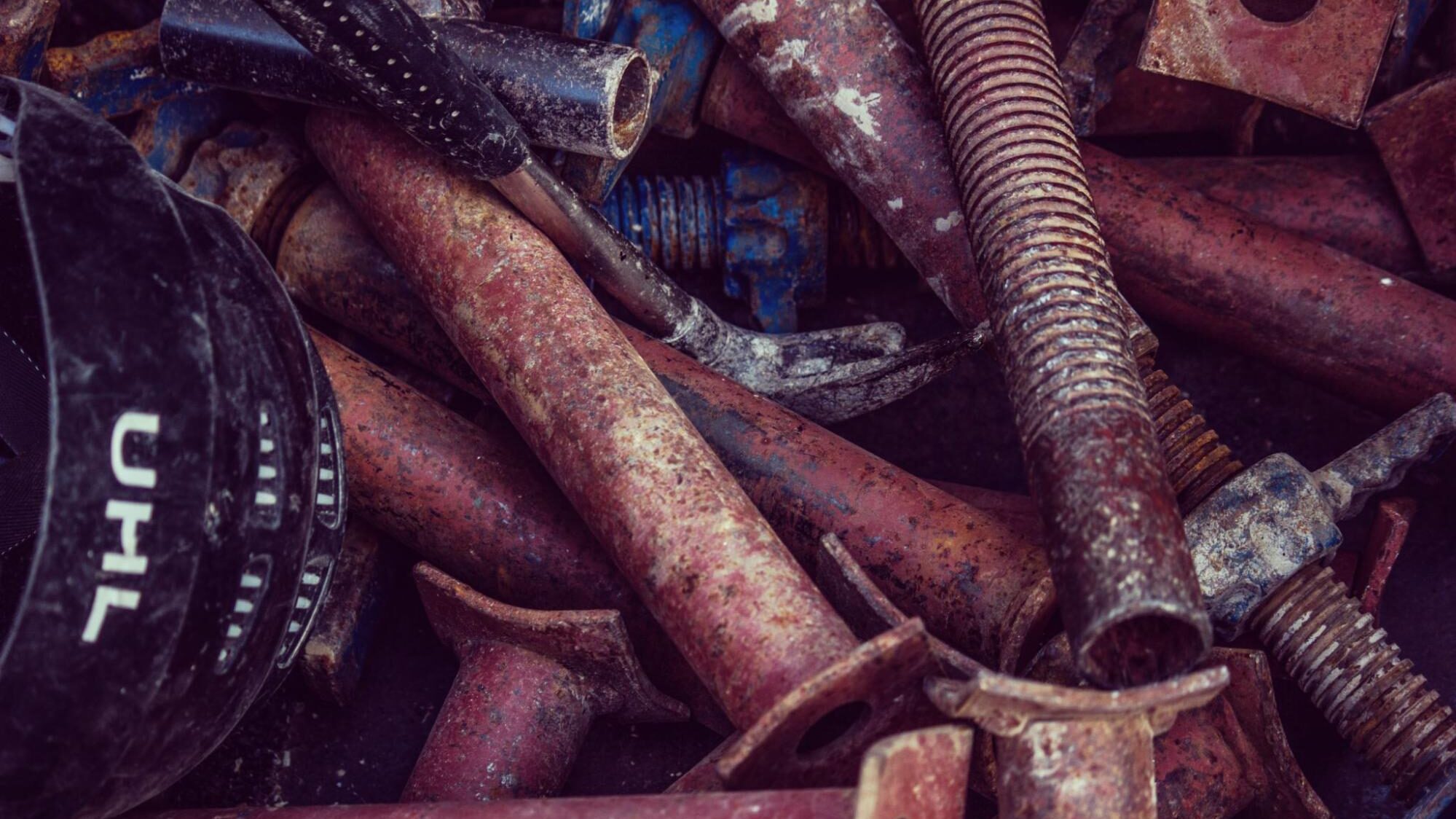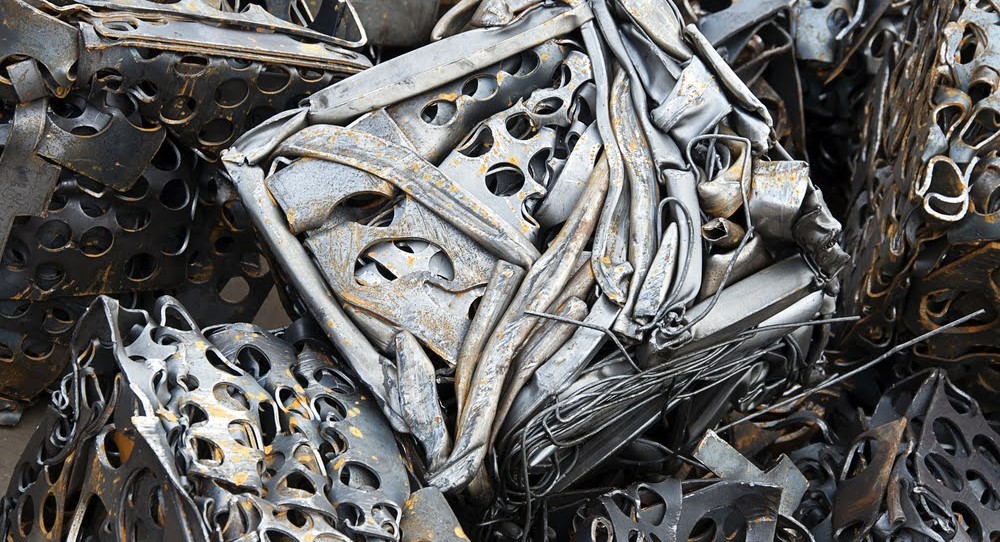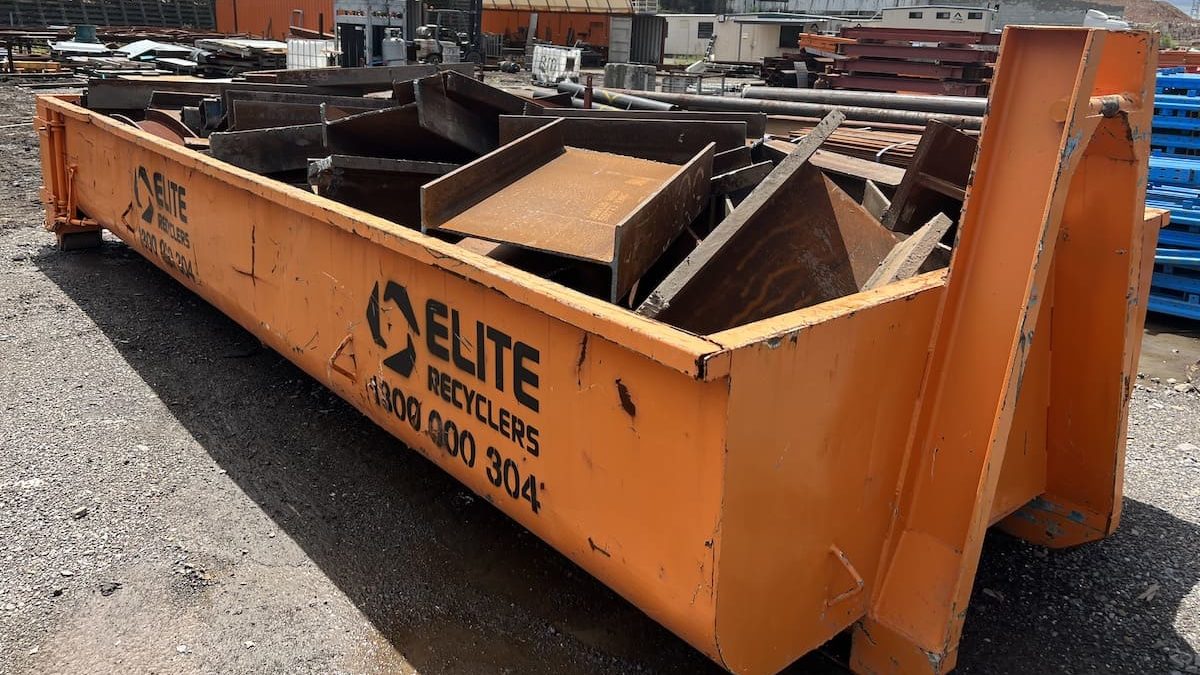
A Beginner’s Guide to Identifying and Sorting Recyclable Metals
Recycling is a fantastic practice for both the environment and your wallet, but sometimes it’s not as simple as some people make it out to be. For example, your takeaway pizza box is made out of cardboard, right? So of course it can be recycled, right? Well, not always…your greasy box isn’t always going to be accepted, and the same can be said for scrap metal.
If you’re looking to swap your scrap metals for cash, it’s best to take a moment to see what you have and how you can best set it aside to be recycled (think: the copper in your broken bar fridge might be worth money, but the fridge itself can’t be re-used).
When it comes to how to sort scrap metal, Elite Recyclers are the experts. Here are our tips when it comes to scrapping and selling your junk metals.
The Importance Of Sorting Scrap Metal
Sorting scrap metal is a very important step in the recycling process. Just as recycling centres need to sort through glass, cardboard and more, scrap metal sorting ensures that each type of metal is properly recycled, preventing contamination across the recycling process and ensuring that the materials are reused as best as can be. Additionally, once you learn how to sort scrap metal correctly, it can increase its value, as clean and well-sorted materials are more desirable to recycling facilities since less work is required to put them back into use.

How To Identify The Most Common Recyclable Metals
Knowing what sort of metal you’re going to hand into your recycling centre is great for a few reasons. One, you’re able to estimate ahead of time what the metal is worth, and two, the recycling centre is able to more efficiently recycle and price your scrap. The most common recyclable metals are thankfully quite easy to identify.
Steel And Iron
Steel and iron are some of the most common metals found in household items. Both of these metals are attracted to magnets, making them easy to identify. Some of the more common places you’ll find steel and iron include appliances, old tools, and steel food cans.
Aluminium
Aluminium is found all over the place! It’s lightweight and non-magnetic. Around homes, you’ll find it in everything from drink cans to window frames, and even some kitchen utensils. To check if a metal item you’ve got on hand is indeed aluminium, try using a magnet. If it doesn’t stick, it’s likely aluminium.
Copper
Copper is reddish-brown and highly conductive – and it’s also valuable, so being able to spot and sort it correctly means you’ll make as much money as possible when it comes time to scrap it. It’s commonly found in electrical wires, plumbing pipes, and roofing materials.
Brass
Brass is a yellowish alloy made from copper and zinc. You’ll most likely find it in plumbing fixtures, musical instruments, and decorative items. You’ll be surprised where it turns up, in fact. Items made from brass are typically heavier than they appear due to their density, so if a yellowish metal object is heavier than it first looks, you’re likely holding some brass.
Stainless Steel
Stainless steel is a wonderful metal: it’s corrosion-resistant and often used in kitchen appliances, cutlery, and even jewellery. It doesn’t rust or corrode like regular steel, making it distinguishable and also more valuable.
Sorting Your Recyclable Metals
Now that you’ve been able to identify some common recyclable metals, here’s how to sort scrap metal effectively so that you can get your best out of your visit to your local recycler.
Sort By Magnetic vs. Non-Magnetic
As mentioned earlier, using a magnet is a quick way to separate ferrous (a.k.a. magnetic) metals like steel and iron from non-ferrous metals like aluminium, copper, and brass. The same thing is done on a much larger scale in recycling plants, albeit with a much bigger magnet.

Sort By Colour And Weight
Visual cues can be really helpful when it comes to sorting your metals, and colour is a great indicator of what you’ve collected. Copper is reddish-brown, aluminium is silver, brass is yellow, and stainless steel often has a shiny, reflective surface. Additionally, consider the weight of the item; brass and copper are denser and heavier than aluminium.
Perform A Scratch Test
If you’re still not sure what kind of metal you’re working with, you can perform a simple scratch test to identify certain metals. For example, if you scratch aluminium, it will leave a silver mark. Copper, on the other hand, will show its reddish-brown colour when scratched.
Always Consult Recycling Guidelines
Different recycling facilities may have specific guidelines for sorting metals, so it’s best to check these out before you go bringing a lot of scrap metal to a recycling centre, avoiding headaches for both you and the staff.
Sorting scrap metal is a valuable skill that not only promotes recycling but also allows you to make some extra cash on the side (and don’t we all love that!). By identifying and sorting recyclable metals, you can contribute to a more sustainable future while getting a little monetary boost for your efforts.
And when it comes time to recycle, choose Elite Recyclers as your go-to recycling facility. Located in Loganholme, we service all of southern Brisbane, Logan and its surrounds, meaning that we can provide convenient recycling solutions for you.



